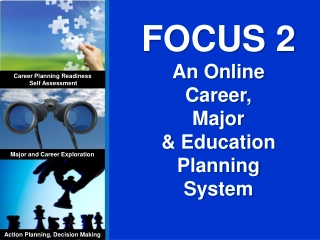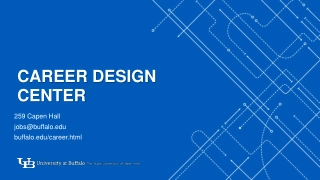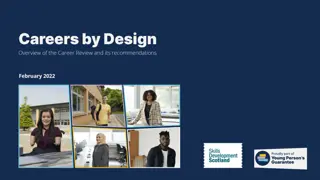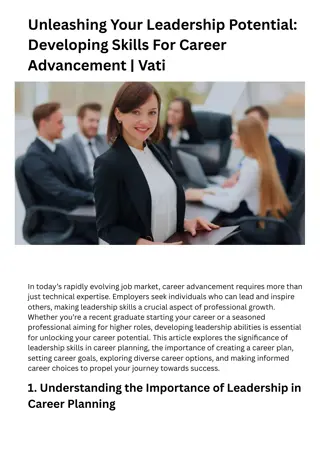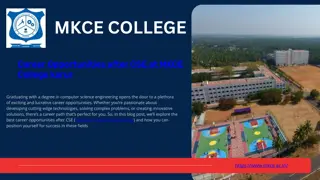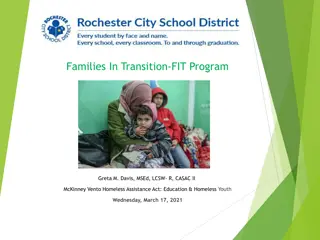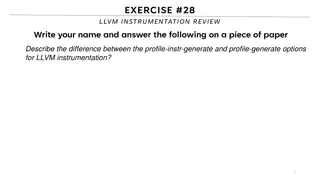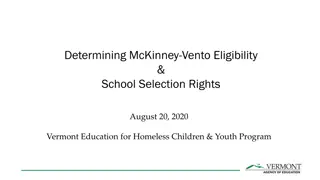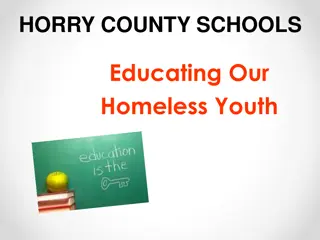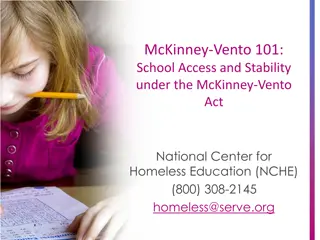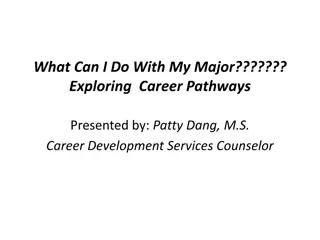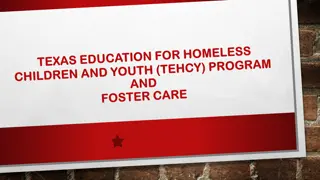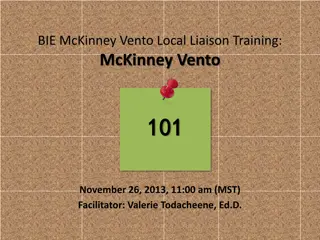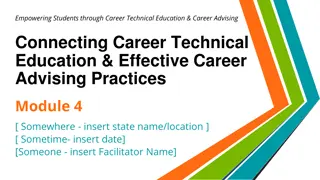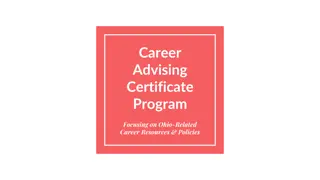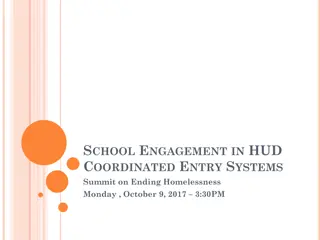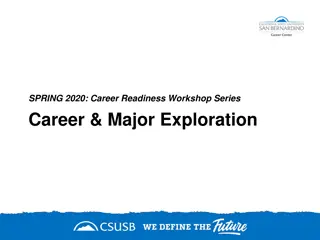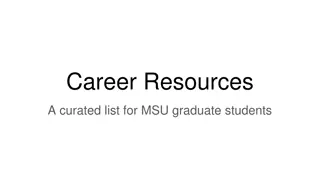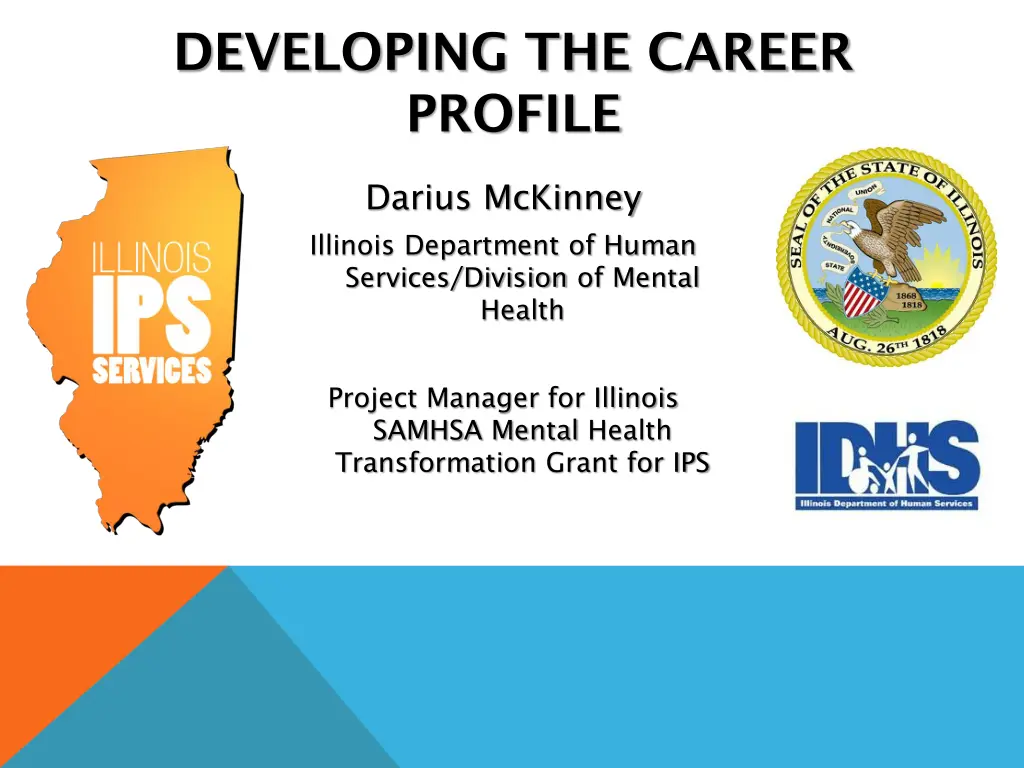
Career Profile Development Strategies for Successful Job Placement
Discover the essential steps involved in creating a comprehensive career profile for individuals seeking employment or educational opportunities. Learn how to gather information, set objectives, and complete the profile effectively.
Download Presentation

Please find below an Image/Link to download the presentation.
The content on the website is provided AS IS for your information and personal use only. It may not be sold, licensed, or shared on other websites without obtaining consent from the author. If you encounter any issues during the download, it is possible that the publisher has removed the file from their server.
You are allowed to download the files provided on this website for personal or commercial use, subject to the condition that they are used lawfully. All files are the property of their respective owners.
The content on the website is provided AS IS for your information and personal use only. It may not be sold, licensed, or shared on other websites without obtaining consent from the author.
E N D
Presentation Transcript
DEVELOPING THE CAREER PROFILE Darius McKinney Illinois Department of Human Services/Division of Mental Health Project Manager for Illinois SAMHSA Mental Health Transformation Grant for IPS
OBJECTIVES What is a Career Profile? Completing a Career Profile Using the Career Profile on Job Development
CAREER PROFILE A Career Profile refers to a document in which the employment specialist records work and educational preferences, work history, educational history, strengths, justice system involvement and other information pertinent to a person s employment or educational goals. Also Known as: Vocational Assessment Vocational Profile Career Assessment
COMPLETING THE PROFILE IT IS NOT: A Questionnaire A Standardized Vocational Test of Ability Intelligence Test A Work Sample A Physical or Drug Test A Situational Assessment (work try-out) A One-Time Completed Document Developed in ONE Session
COMPLETING THE PROFILE IT IS: Initially developed over 2-3 sessions It is COMPREHENSIVE An on-going document Updated with changes in preferences Updated with information from work experiences in competitive jobs. Aims at problem solving using environmental assessments
CAREER PROFILE GATHERING DIFFERENT INFORMATION FROM DIFFERENT RESOURCES The client Treatment team members Clinical records Family members [with permission] Teachers Previous employers [with permission] Field Trips in the community Job Shadows
FAMILY MEMBERS Everyone s view of family is unique: Traditional Family Spouse/Boyfriend/Girlfriend/Partner Relatives Guardian/Payee/Landlord Religious Leader Community Members Friends/Roommates Others in Recovery
GATHERED INFORMATION Work Goals Education Work Experience Military Experience Cultural Background Mental Health Cognitive Areas Getting Ready for a Job Interpersonal Skills Benefits Disclosure Substance Use Legal History Daily Activity Networking Contacts Information from Others Additional Notes
REASONS FOR UPDATES Hire or loss of job Change in vocational interest Change in disclosure preference, reintroduction of disclosure topic Benefits consultation -- at hire or after job leaving New interests, goals, triggers, obstacles, resources, natural supports New coping strategies
TIPS: It should be dated -- start, completion & updates It can involve community based information: Employer explorations Informational interviews Observations Use open-ended questions
TIPS: Work Experience section should not say see resume Explore the negative and positive elements of each position in addition to the job title, employer info, tasks and dates
TIPS: When completing assessments, be specific and gather information from diverse sources A reader should be able to tell who you are talking about without reading the name
FACTS: Having a job with poor working conditions can be just as bad for a person s mental health as being unemployed Mental health benefits of work are restricted to good quality jobs.
FACTS: The poorest quality work is comparable to unemployment as a risk factor for poor mental health. Poor psychosocial job quality is measured by factors such as: high job demands low job control poor job security low job esteem
MOST IMPORTANT!!! The NUMBER ONE PURPOSE for the Career Profile is for the CLIENT!!!!!! NOT JUST to pass a fidelity review NOT JUST to please an IPS Trainer or Fidelity Reviewer NOT JUST to have agency documentation for a CARF or Joint Commission Review NOT JUST to open a client to Vocational Rehabilitation IT IS THE BASIS for a CLIENT TO GET A JOB!!!
THANK YOU!!! Darius McKinney SAMHSA Project Director for Illinois SAMHSA Grant for IPS Darius.mckinney@illinois.gov 312-218-2447 I am currently a Wolverine surrounded by Wisconsin Badgers!!

